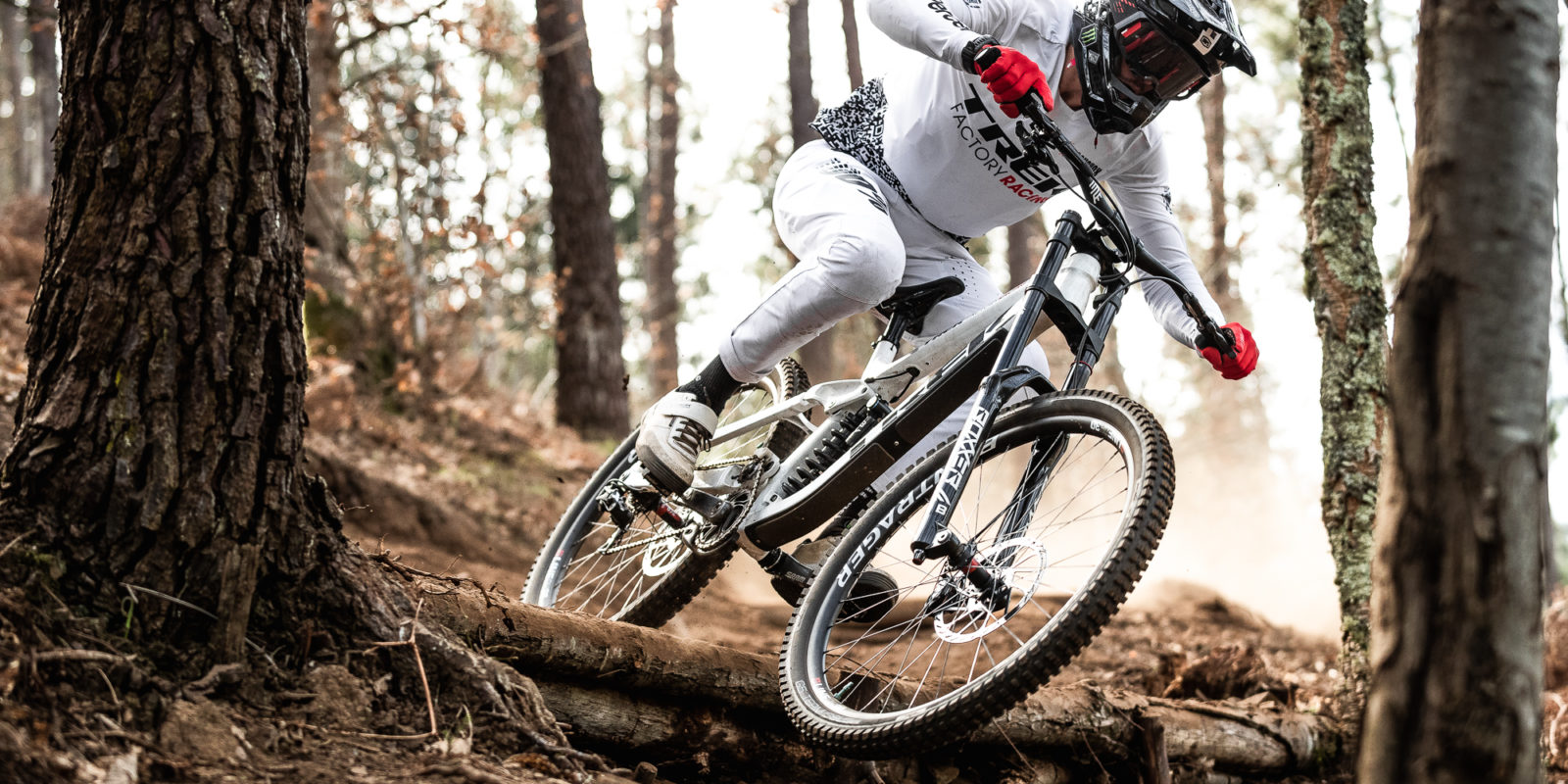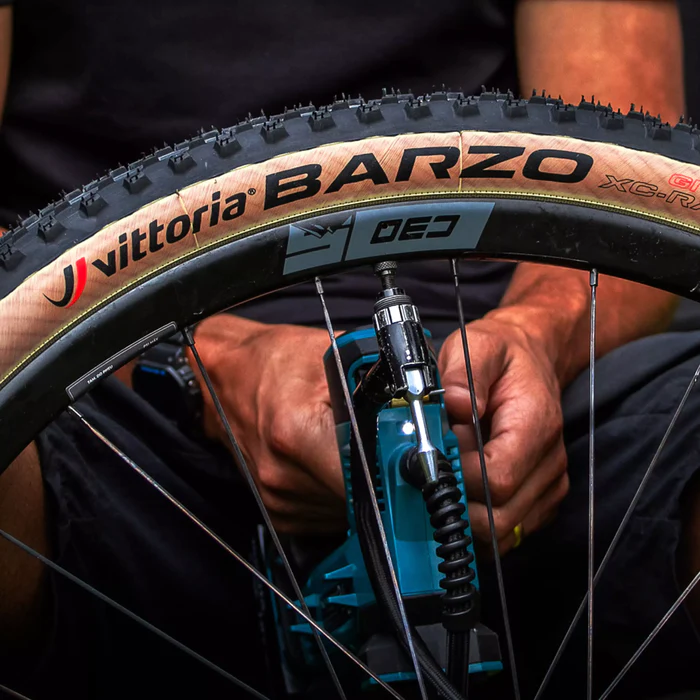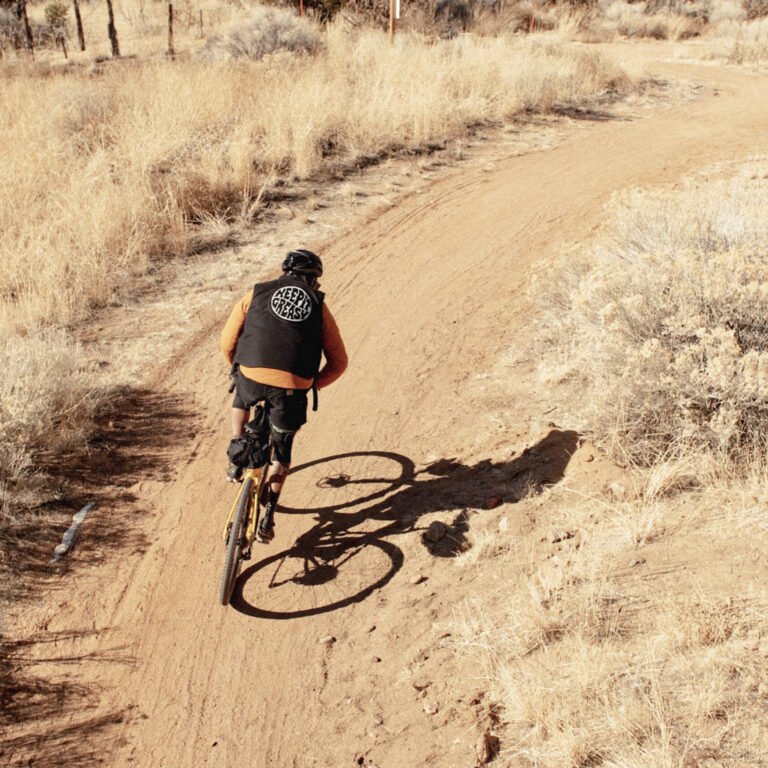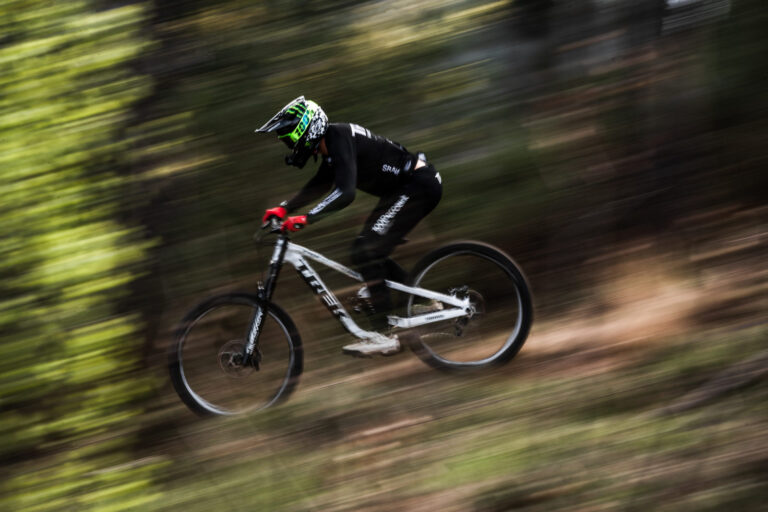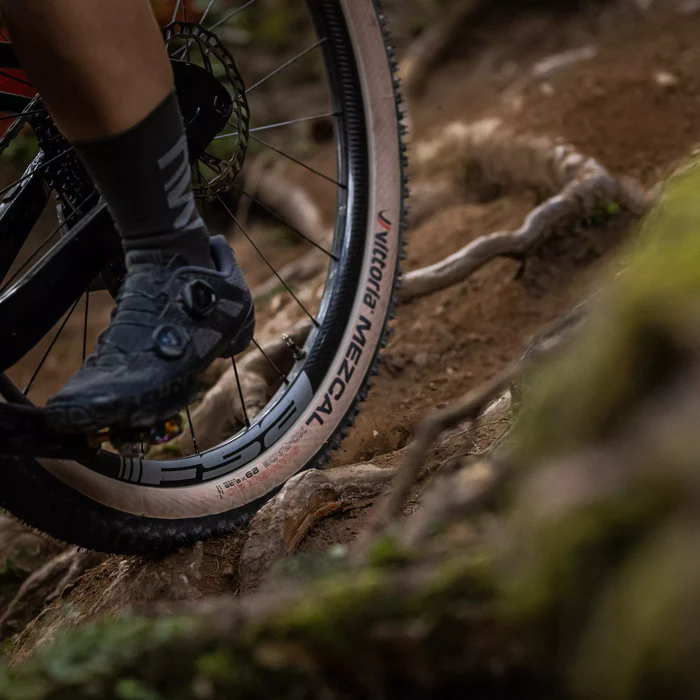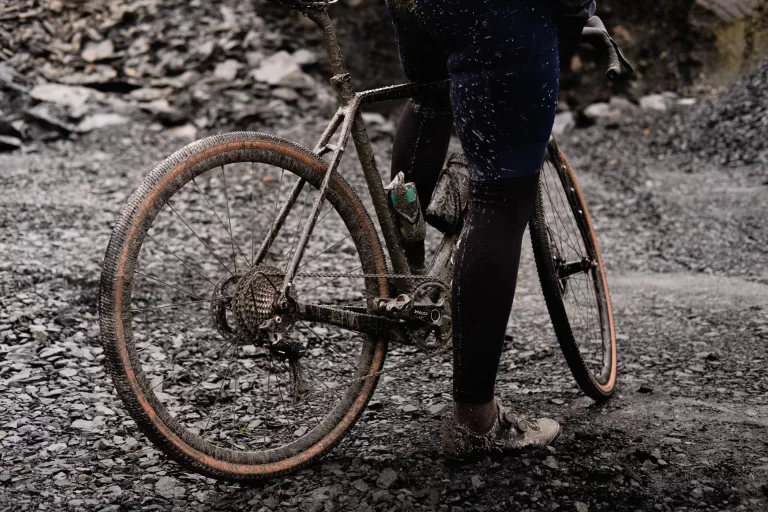Exploring the Types of Downhill Bike Tires: Types, Features, and Cyclist Insights

Key Point Summary of Types of Downhill Bike Tires:
- Downhill Bike Tires: Specialized tires designed for the rigors of downhill mountain biking.
- Tubeless Tires: Offer better traction and flat resistance, beneficial for aggressive downhill riding.
- Clincher Tires: Traditional tire design using tubes, easier to handle and replace for beginners.
- Tire Tread and Compound: Importance of choosing the right tread pattern and rubber compound based on riding conditions.
- Tire Width and Pressure: Balancing tire width and air pressure for optimal performance and comfort.
- Maintenance Tips: Regular checks and maintenance can prolong tire life and enhance safety.
As a masters cyclist with years of racing and riding experience across mountain bikes, gravel bikes, and cyclocross bikes, I’ve learned a thing or two about downhill bike tires. Let’s dive into the different types and what they can offer to cyclists, especially if you’re still finding your footing in this exhilarating aspect of cycling.
Downhill Bike Tires Explained
Downhill biking demands tires that can handle tough terrain and high speeds. When choosing a tire for downhill, you’re looking for durability, grip, and puncture resistance. Unlike road cycling or cross-country, downhill tires are less about weight and more about performance under extreme conditions.
Tubeless Tires
One of the biggest game-changers in my cycling experience was switching to tubeless tires. Tubeless tires are exactly what they sound like – tires without a traditional inner tube. Instead, they form an airtight seal with the rim, often with the help of a liquid sealant.
The benefits? Well, firstly, they offer superior traction. I remember tackling a particularly rocky descent in Colorado. With tubeless tires, I could lower the air pressure without worrying about pinch flats (common with traditional tubes), which allowed for a larger contact patch with the ground. This equates to better grip and control, something you’ll appreciate in a downhill scenario.
Another advantage is puncture resistance. The sealant inside the tire can seal up small cuts and holes as they happen. It’s not foolproof, but it’s saved me from numerous walk-backs to the trailhead.
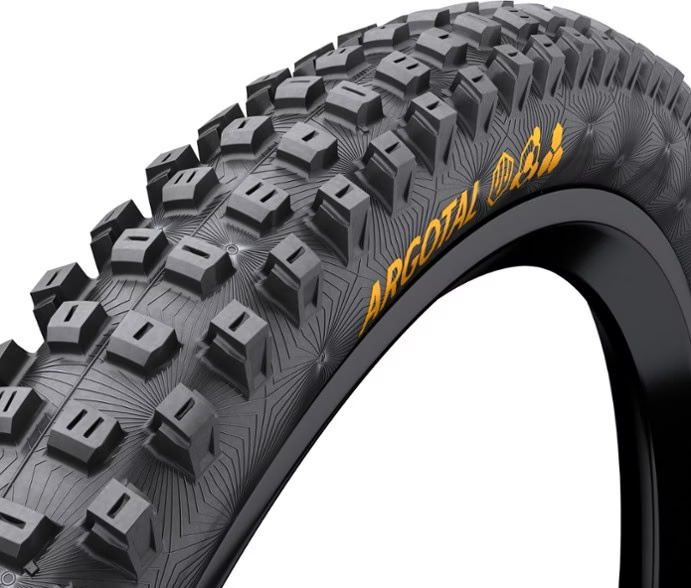
Clincher Tires
Clincher tires are the traditional type where the tire clinches onto the rim, and there’s an inner tube inside. If you’re new to downhill biking, clinchers might be a more familiar starting point. They are generally easier to install and replace. Plus, if you get a flat, swapping out or patching a tube is more straightforward than dealing with tubeless sealant.
However, they do have their downsides. They’re more prone to pinch flats – something I learned the hard way when I was starting out. Hitting a sharp rock or root can compress the tire enough to pinch the inner tube against the rim, causing a flat.
Tire Tread and Compound
Tread pattern and rubber compound are crucial for downhill tires. Aggressive tread with large knobs provides grip in loose or muddy conditions. However, too much tread can create rolling resistance on firmer surfaces. The rubber compound also plays a role. Softer compounds offer more grip but wear out faster – a trade-off worth considering based on your riding style and terrain.
I recall a race in Vermont where the course was a mix of hardpacked and loose, gravely sections. Choosing a tire with a medium tread pattern and a compound that balanced grip and durability made all the difference in maintaining speed and control.
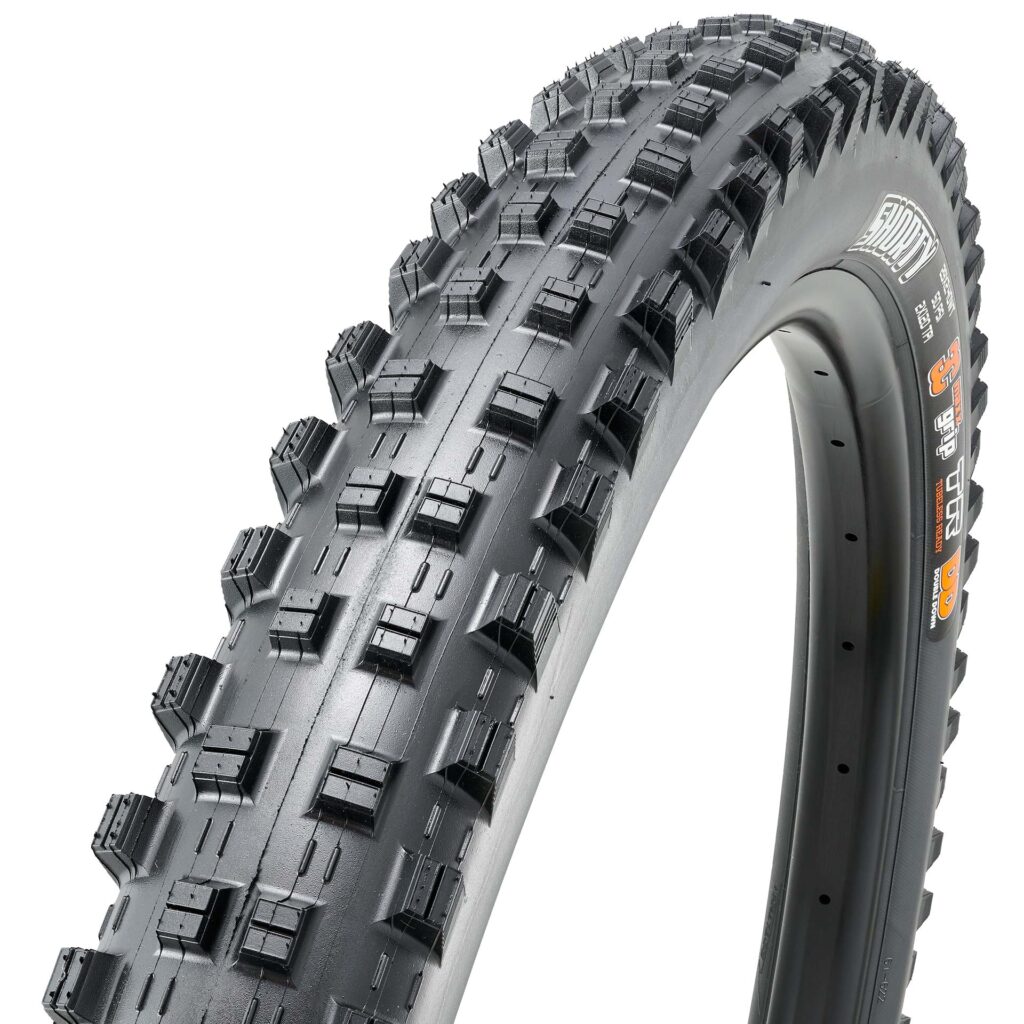
Tire Width and Pressure
Downhill bikes typically use wider tires – think 2.3 inches and above. The increased width provides a larger contact area for better grip and stability. Tire pressure is a bit of a personal preference and depends on the terrain. Lower pressure increases grip but too low can risk rim damage. It’s about finding that sweet spot – for me, it’s usually around 25-30 psi.
Maintenance Tips
Regular maintenance can extend the life of your downhill tires and keep you safe. Check for cuts, and wear, and ensure the sealant (if using tubeless) is topped up. Also, periodically check tire pressure before rides. It’s a simple step that can significantly impact your ride quality and safety.
Top Rated DH Tires
Based on a comprehensive review of various expert opinions on downhill bike tires, the top five rated tires for 2024 include:
- Continental Argotal Tire – Praised for its World Cup-inspired design and performance, making it suitable for mountain biking and racing teams, particularly in trail riding and eBike adventures.
- Vittoria Mazza XC-Trail Tire – Known for its Four-Compound Tech and Graphene Grip, this tire is ideal for riders who seek comfort and durability across various terrains, including hardpack, loamy, and rocky conditions.
- Maxxis Shorty DH Wide Trail Tire – Offers unmatched traction and superior cornering, making it impressively grippy for riders seeking optimal grip on challenging trails.
- Specialized Eliminator Grid Trail 2Bliss Tire – Provides reliable grip and supreme control, suitable for aggressive trails and gravity riding.
- Continental Xynotal Tire – Tailored for terrain mastery, this tire is designed for peak performance across a range of terrains.
These tires are rated based on factors such as rolling resistance, weight, comfort, durability, grip, and ease of mounting. For more detailed information, you can visit Cyclists Authority.
FAQ
What tyres do DH racers use?
Downhill (DH) racers typically use specialized mountain bike tires that are designed for durability, grip, and puncture resistance, essential for handling tough terrain and high speeds. These tires are often wider than standard mountain bike tires, providing better stability and traction. They may also feature aggressive tread patterns for enhanced grip in various trail conditions and are commonly made with robust, puncture-resistant materials to withstand the rigors of downhill racing. Some of the preferred tires among DH racers include models from brands like Continental, Vittoria, Maxxis, and Specialized, known for their high performance in challenging downhill conditions.
What size tires are best for downhill mountain bike?
For downhill mountain biking, the best tire size typically ranges from 2.3 to 2.5 inches in width. This wider size provides better stability, grip, and shock absorption, which are crucial for handling the rough and varied terrain encountered in downhill riding. The choice of tire size can also depend on specific trail conditions and personal riding style.
What kind of mountain bike tire do I need?
The type of mountain bike tire you need depends on the terrain you’ll be riding on and your riding style. For cross-country riding, opt for lighter tires with less aggressive tread for speed and efficiency. For trail riding, choose tires with a balance of grip and rolling efficiency. For downhill or aggressive trail riding, go for wider tires with aggressive tread for better grip and stability. Also, consider the tire’s durability and whether you want tubeless or tubed tires. Your local trail conditions and personal preferences will guide your choice.
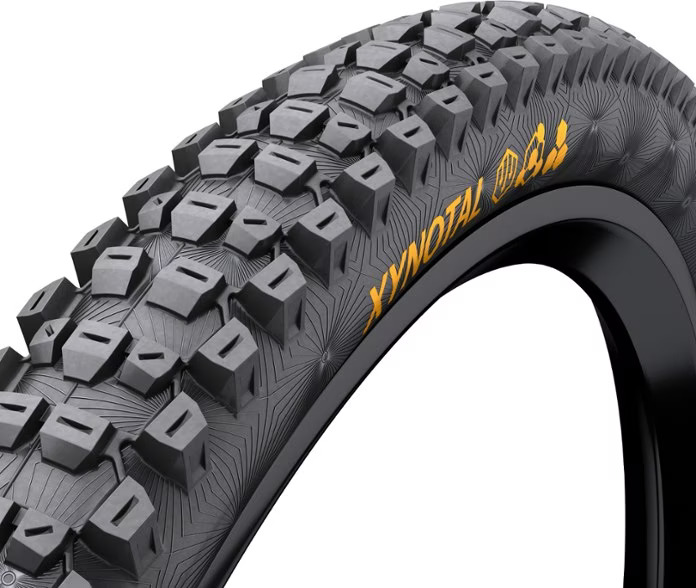
What makes a bike a downhill bike?
A downhill bike is specifically designed for downhill mountain biking, characterized by its robust frame, long suspension travel (typically around 200mm), and slack geometry for stability at high speeds and steep descents. These bikes also feature heavy-duty brakes, wide tires with aggressive tread for better traction, and often have a lower center of gravity to enhance control on steep, rough terrain. Downhill bikes are built to handle the extreme stresses of fast, technical descents in mountain biking.
Final Thoughts
In conclusion, the right downhill bike tire can transform your riding experience. Whether you opt for tubeless or stick with clinchers, understanding the pros and cons of each, along with aspects like tread pattern, compound, width, and pressure, will enhance your downhill adventures. And remember, regular maintenance is key to keeping those tires in top condition.
In addition to the types of tires, it’s also crucial to consider the environment and specific riding conditions you’ll be facing. For instance, tires that excel in dry, rocky terrain might not perform as well in wet, muddy conditions. I recall a race in the Pacific Northwest where the damp, slippery trails required a tire with deeper grooves for better mud shedding and grip.
Choosing the right tire also depends on your individual riding style and the typical trails you encounter. If you’re frequently navigating sharp rocks and roots, a tire with a thicker sidewall and higher puncture resistance would be beneficial. On the other hand, if you’re racing on smoother, hard-packed trails, you might prioritize lower rolling resistance and lighter weight.
Lastly, let’s talk about sustainability. The cycling industry is increasingly focusing on eco-friendly practices, and this extends to tire production. Some brands now offer tires made from more sustainable materials or manufacturing processes, which is something worth considering if environmental impact is a concern for you.
Remember, the right downhill bike tire not only improves your performance but also enhances your overall riding experience. It’s about finding that perfect match for your bike, your style, and the terrains you love to conquer.
Happy riding!
John
